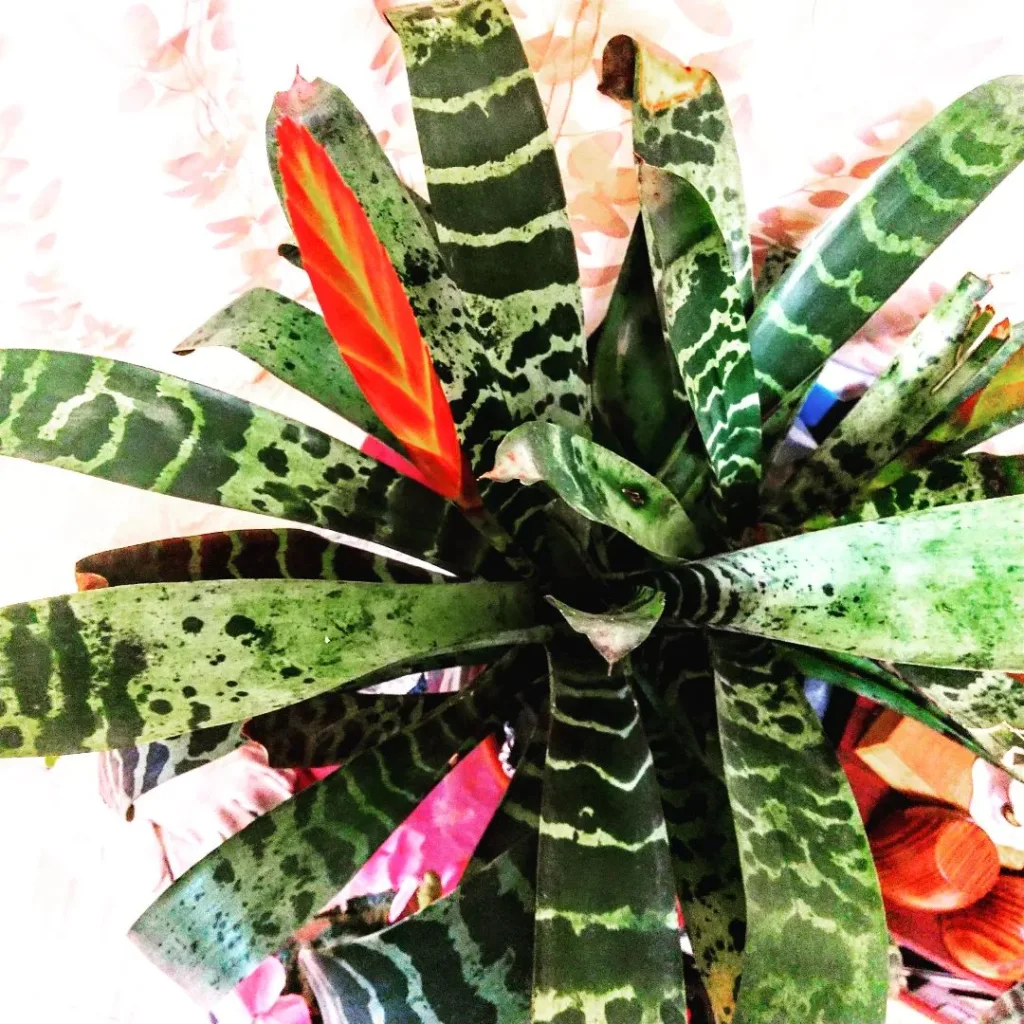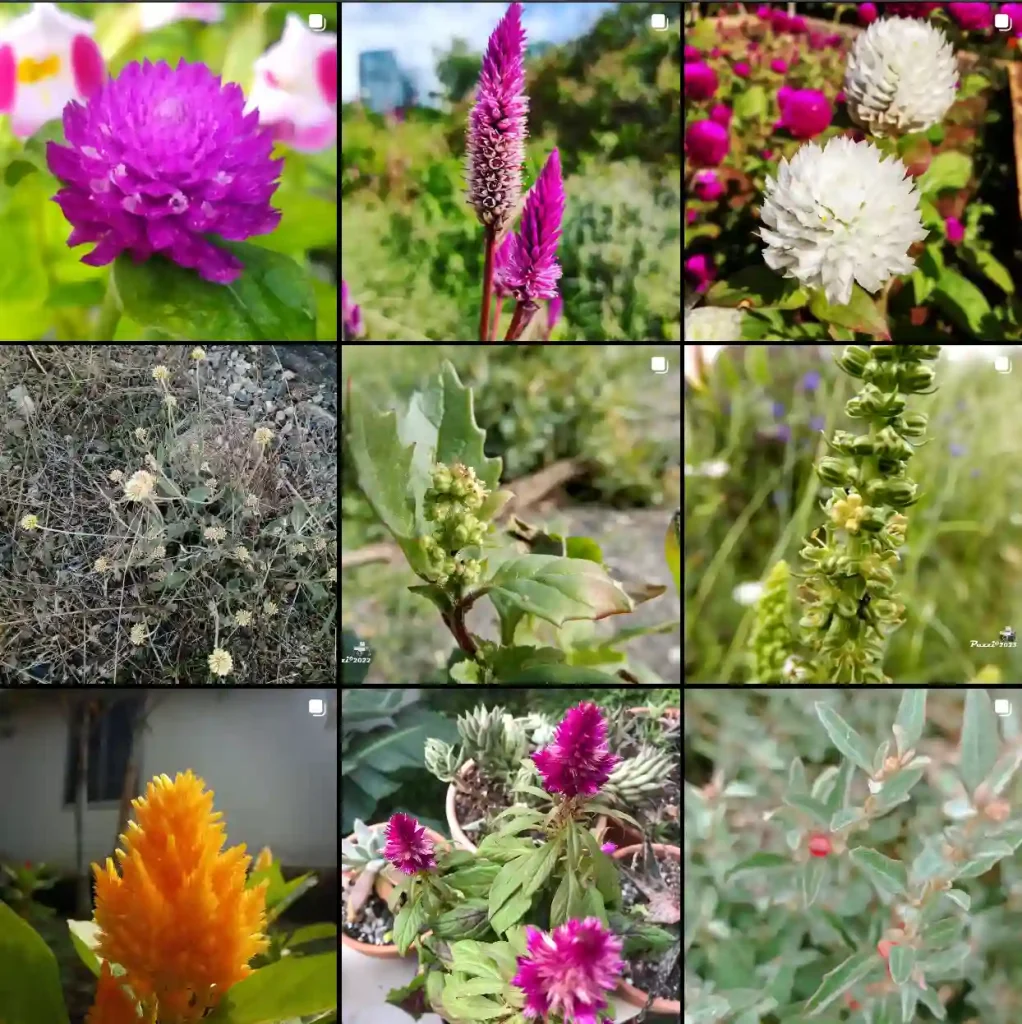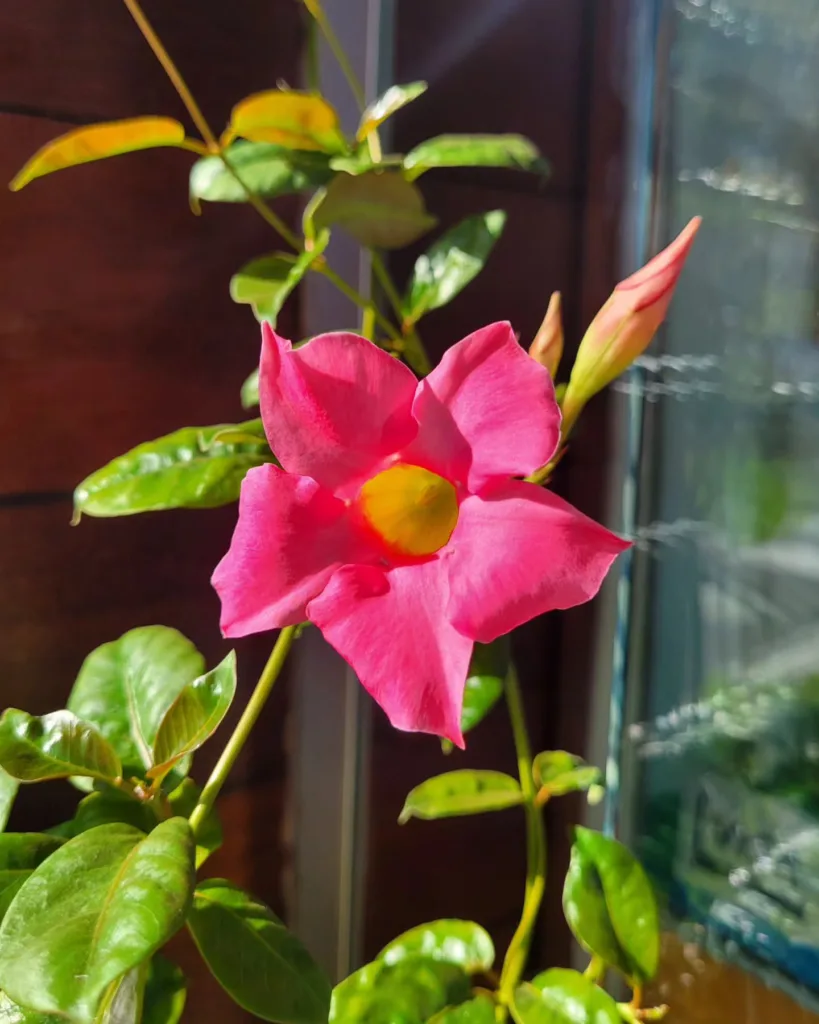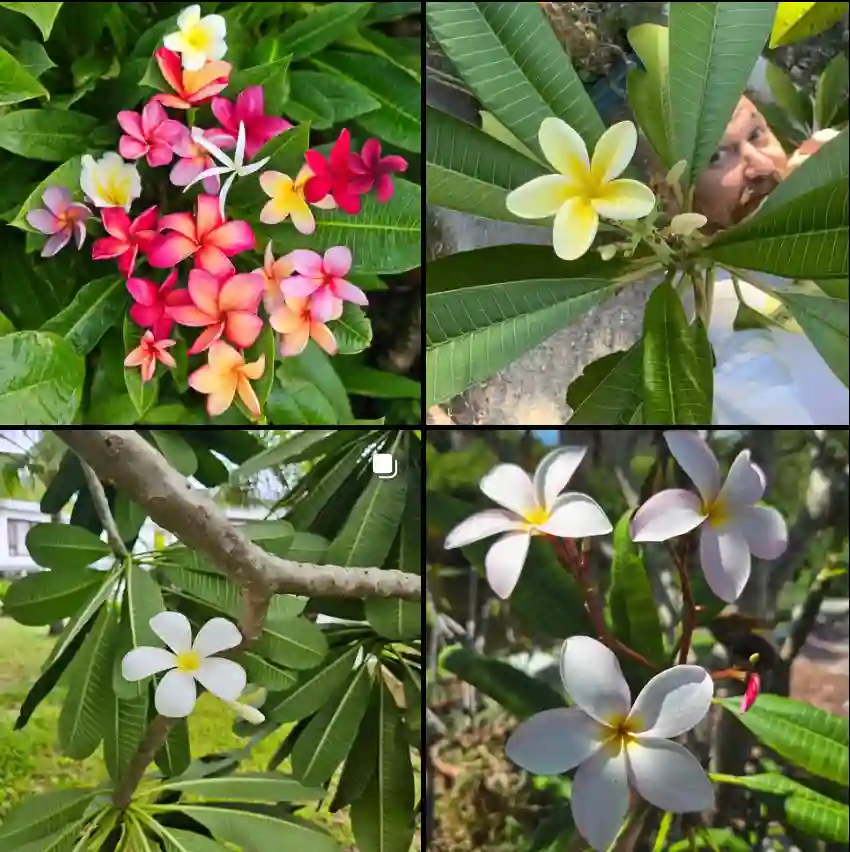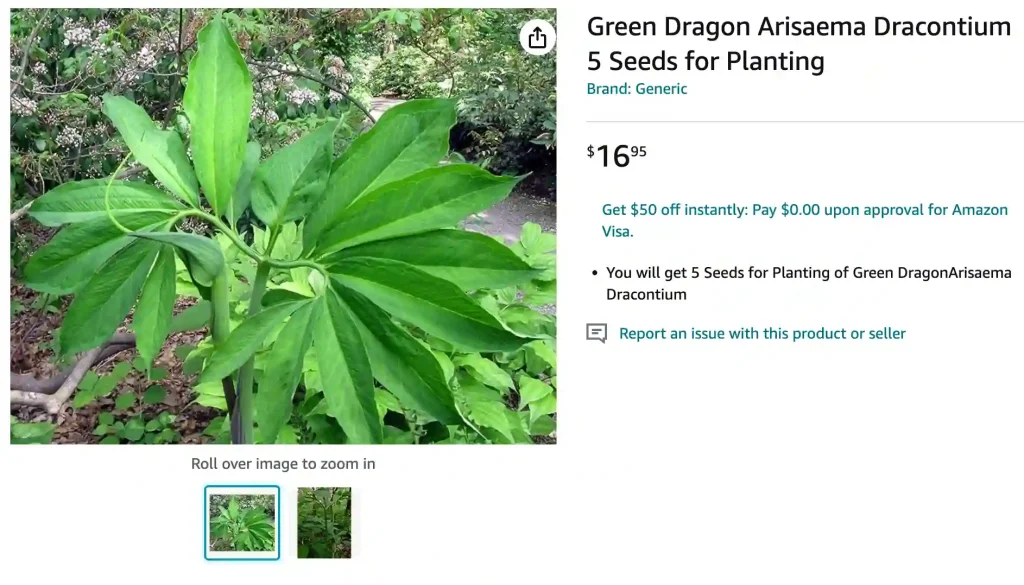
Frequently Asked Questions about Arisaema Dracontium
I’ve always had a fascination with unique and exotic plants, and Arisaema Dracontium, commonly known as Green Dragon, is one of my favorites. This plant stands out not only because of its striking appearance but also due to its intriguing biology and care needs. In this article, I’ll share some frequently asked questions about Arisaema Dracontium and provide answers based on my experiences with growing and caring for this captivating plant.
212 Species in Genus Arisaema
What is Arisaema Dracontium?
Arisaema Dracontium, also known as Green Dragon, is a perennial plant native to North America. It belongs to the Araceae family, which includes other well-known plants like the Jack-in-the-Pulpit and the Calla Lily. The Green Dragon gets its name from its long, slender spadix that protrudes from a green spathe, resembling a dragon’s tongue. This unique structure is what draws many plant enthusiasts to it. The plant typically grows in shaded, moist environments, and its foliage consists of large, palmate leaves that add a tropical vibe to any garden.
How to Care for Arisaema Dracontium?
Caring for Arisaema Dracontium is relatively straightforward, provided you mimic its natural habitat. Here are some essential care tips:
Light Requirements
Green Dragon thrives in partial to full shade. Too much direct sunlight can scorch its leaves, so it’s best to plant it in an area where it receives dappled light or morning sun followed by afternoon shade. I’ve found that mine does best under the canopy of larger trees or shrubs, where it gets filtered light throughout the day.
Soil and Watering
Arisaema Dracontium prefers moist, well-drained soil rich in organic matter. Adding compost to the planting area can help retain moisture and provide the necessary nutrients. It’s important to keep the soil consistently moist, especially during the growing season. However, avoid waterlogging, as this can lead to root rot. I usually water mine deeply once a week, adjusting for rainfall.
Temperature and Humidity
This plant is hardy in USDA zones 4-9. It can tolerate a range of temperatures but prefers a cooler, humid environment. In hot, dry climates, providing extra humidity through misting or using a humidifier can be beneficial. During winter, Green Dragon goes dormant, so there’s no need to water it as frequently.
Fertilizing
Fertilizing Arisaema Dracontium isn’t strictly necessary if the soil is rich in organic matter. However, a balanced, slow-release fertilizer applied in early spring can give it a boost. I’ve noticed that my plants respond well to a light application of fertilizer, which helps them produce more vigorous growth.
How to Propagate Arisaema Dracontium?
Propagation of Arisaema Dracontium can be done through seeds or division.
Propagation by Seeds
Growing Green Dragon from seeds requires patience, as the seeds can take several months to germinate. It’s best to sow the seeds in a moist, well-draining soil mix and keep them at a consistent temperature of around 70°F. I’ve found that using a seed tray with a humidity dome helps maintain the necessary moisture levels. Germination can take anywhere from a few weeks to several months, so don’t be discouraged if it takes time.
Propagation by Division
Division is a quicker and more reliable method of propagation. In early spring, you can divide the rhizomes, making sure each division has at least one healthy bud. Replant the divisions in prepared soil, and water them well. I’ve had success with this method, as it allows for the immediate growth of new plants.
What to Plant with Arisaema Dracontium?
Arisaema Dracontium pairs well with other shade-loving plants that thrive in similar conditions. Some good companions include ferns, hostas, and woodland wildflowers. These plants not only complement the Green Dragon’s aesthetic but also help create a natural-looking garden environment. I like to plant mine alongside native ferns, as the contrasting textures enhance the overall visual appeal of my garden.
Is Arisaema Dracontium Toxic?
Yes, Arisaema Dracontium is considered toxic if ingested. All parts of the plant contain calcium oxalate crystals, which can cause irritation to the mouth, throat, and digestive tract. It’s essential to keep this plant away from children and pets who might be tempted to taste it. I always wear gloves when handling the plant to avoid any skin irritation.
Benefits of Growing Arisaema Dracontium
Aside from its unique appearance, Arisaema Dracontium offers several benefits. It’s a low-maintenance plant once established, and its shade tolerance makes it an excellent choice for underplanting in woodland gardens. Additionally, it attracts pollinators such as flies and beetles, which help maintain a balanced ecosystem in your garden.
Common Problems with Arisaema Dracontium
Like any plant, Arisaema Dracontium can encounter a few problems:
Pests
Slugs and snails are the primary pests that affect Green Dragon. They are attracted to the plant’s lush foliage. I’ve found that using organic slug pellets or creating barriers around the plants helps keep these pests at bay.
Diseases
Root rot is a common issue, especially if the plant is grown in poorly-draining soil. Ensuring proper drainage and avoiding overwatering are key to preventing this problem. I’ve learned that it’s better to underwater than overwater, as the plant is more resilient to dry conditions than to excess moisture.
Comparing Arisaema Dracontium with Similar Plants
Arisaema Dracontium is often confused with its close relative, Arisaema Triphyllum (Jack-in-the-Pulpit). While both belong to the same genus and share similar growing conditions, they differ in appearance. Jack-in-the-Pulpit has a more pronounced, hooded spathe and typically features a red or purple spadix, whereas Green Dragon’s spadix is longer and more slender, resembling a dragon’s tongue. In my garden, I grow both species, and their subtle differences add variety to my plant collection.
In conclusion, Arisaema Dracontium is a fascinating plant that adds a unique touch to any garden. Its care requirements are manageable, and it can be propagated relatively easily, making it a great choice for plant enthusiasts looking to add something exotic to their garden. With its distinct appearance and intriguing biology, Green Dragon is sure to be a conversation starter.
If i die, water my plants!
